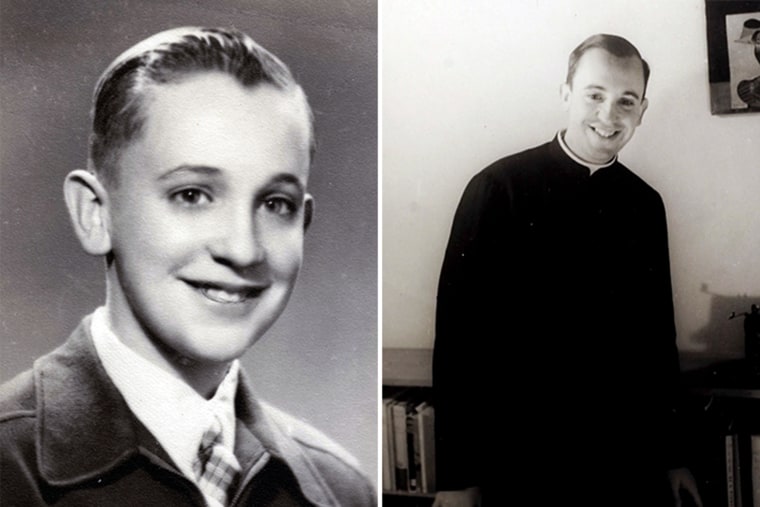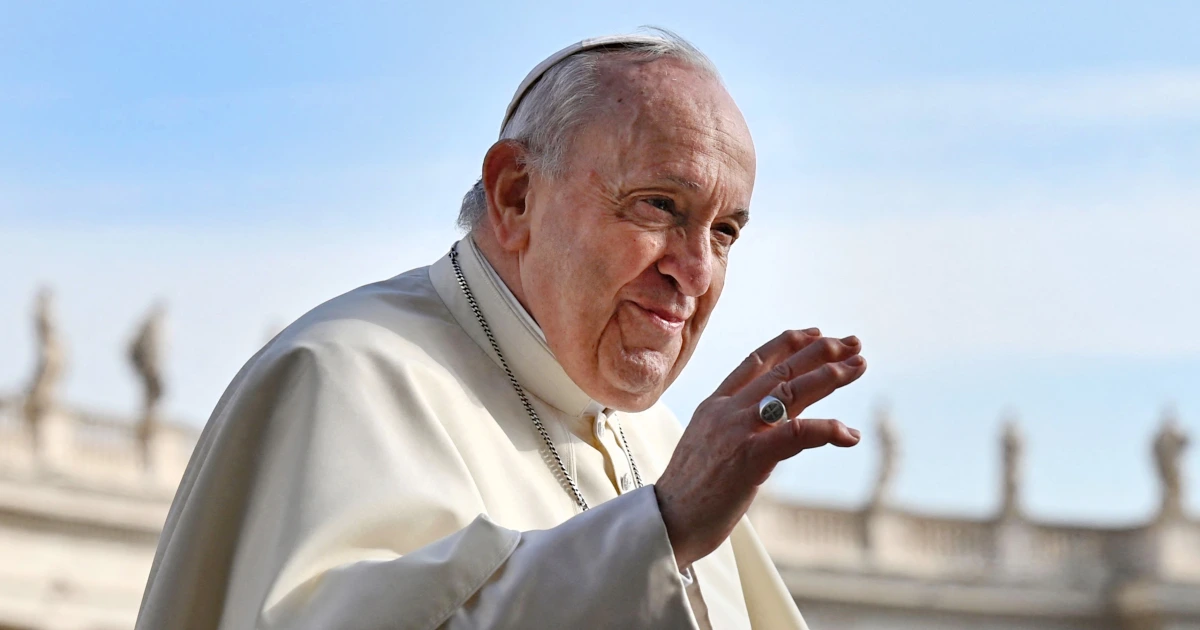In 2018, Francis outraged abuse victims by accusing them of slandering Chilean Bishop Juan Barros with claims that he turned a blind eye to priestly predators. Francis later apologized for demanding the victims show “proof” that Barros did anything wrong.
In a remarkable letter addressed to the Bishops of Chile, Pope Francis admitted to making “serious mistakes in the assessment and perception of the situation.”
But Francis, who as a young man worked as a bouncer before finding his calling, didn’t hesitate to denounce his conservative critics, openly accusing them of “gagging” the church’s attempts to modernize.
“Coming from the other side of the world, he brought a different way of seeing the world, and throughout his papacy that was a constant,” said Kathleen Cummings, director of the Cushwa Center for the Study of American Catholicism at the University of Notre Dame.
“To go from a church that was known for its rules and what it said no to, Pope Francis is a pope who has repeatedly said yes — yes to marginalized groups, yes to mercy — and that’s meant a lot to people.”

Jorge Mario Bergoglio as a young boy, and as a seminarian in Buenos Aires.Bergoglio Family / El Salvador School / AFP
Born Jorge Mario Bergoglio on Dec. 17, 1936, in Buenos Aires, Argentina, Francis was the first pontiff from South America, and not just South America, but the Americas overall.
The son of Italian immigrant parents, his father, Mario Jose Bergoglio, was an accountant for the country’s railways, and his mother, Regina Maria Sivori, a housewife. He studied chemistry before he entered the seminary, and he was 32 when he was ordained in 1969.
Four years later, Francis became head of the Jesuits in Argentina and was elevated to cardinal by John Paul II in 2001. Soon, Francis’ name was on the short list of possible successors to the Polish pontiff, who died in 2005.
But Francis was a runner-up that year in the conclave that elected German Cardinal Joseph Ratzinger to become Pope Benedict XVI. His turn came eight years later, after Benedict’s abrupt resignation.
Francis took the reins of a church that was tarnished by financial scandals and still reeling the first papal resignation in 700 years.
He moved quickly to re-establish order. He often likened the church to “a field hospital after battle,” where the first things priests need to do for their congregants is stop the bleeding.
“It is useless to ask a seriously injured person if he has high cholesterol and about the level of his blood sugars,” Francis said. “You have to heal his wounds. Then we can talk about everything else. Heal the wounds, heal the wounds. … And you have to start from the ground up.”
The first Jesuit to occupy the Chair of St. Peter, Francis took the name of St. Francis of Assisi, a 12th-century figure who famously turned his back on family wealth in favor of a monastic life of service to the poor and the environment.
“Other popes have had the same message,” the Rev. Kevin O’Brien, then the vice president for mission and ministry at Georgetown University, was quoted as saying in a 2015 article about the pope’s leadership style. “But Francis has been very insistent in keeping this message at the forefront — servant leadership and caring for those most in need first.”
Francis cut a modest and almost deferential figure in his first hours as pope on March 13, 2013, when he greeted the crowd gathered below his balcony in St. Peter’s Square with a bow.
“You know that it was the duty of the conclave to give Rome a bishop,” he said. “It seems that my brother cardinals have gone to the ends of the earth to get one … but here we are.”
The next morning, Francis returned to the boarding house where he had been staying to collect his belongings and settle the bill.
Instead of the traditional papal apartments at the Apostolic Palace, Francis chose to live at the Casa Santa Marta, a simple residence in the Vatican used by official visitors.
While Francis had little use for the trappings of the papacy, he understood the need for the pomp of the office. Like John Paul II, Francis was a skilled communicator who knew how to work a crowd. And unlike the more reserved Benedict, Francis was eager to embrace people, and not just fellow Catholics.
When introduced to Auschwitz-Birkenau concentration camp survivor Lidia Maksymowicz, he leaned over and kissed the number that the Nazis had tattooed on her arm.
While John Paul II used his papacy to take on communism and antisemitism, Francis spoke out against the “idolatry of money” and an unfair global economic system that forced millions to live in poverty. He stood up for the mostly Muslim migrants from poor and war-torn countries such as Libya and Syria who were seeking shelter in Europe.
In his first official trip outside Rome, he celebrated Mass on the tiny Mediterranean island of Lampedusa to commemorate migrants who drowned while crossing the sea from North Africa.
“We have become used to other people’s suffering — it doesn’t concern us, it doesn’t interest us, it’s none of our business,” Francis said during his homily from an altar built from an old fishing boat to symbolize the migrants’ perilous crossing.
Determined to pastor to the global church, Francis traveled extensively, visiting South America, Asia, Africa, the Middle East and the U.S.
In 2021, Francis made the first visit by a pope to Iraq, risking his own security (he later learned of foiled assassination attempts against him), where he urged the country’s dwindling number of Christians to stay put and help rebuild the country after years of war.
More recently, Francis condemned the Russian invasion of Ukraine, calling it a “negation of God’s dream.”
“Let the desperate cry of the suffering people be heard,” Francis declared. “Have respect for human life and stop the macabre destruction of cities and villages in the east of Ukraine.”
Francis met three times with Ukrainian President Volodymyr Zelenskyy.
But in a rare misstep on the international stage, Francis angered Ukrainians and their allies when, during a 2024 radio interview with a Swiss broadcaster, he suggested that Ukraine should have the “courage of the white flag” and negotiate to end the war with Russia.



